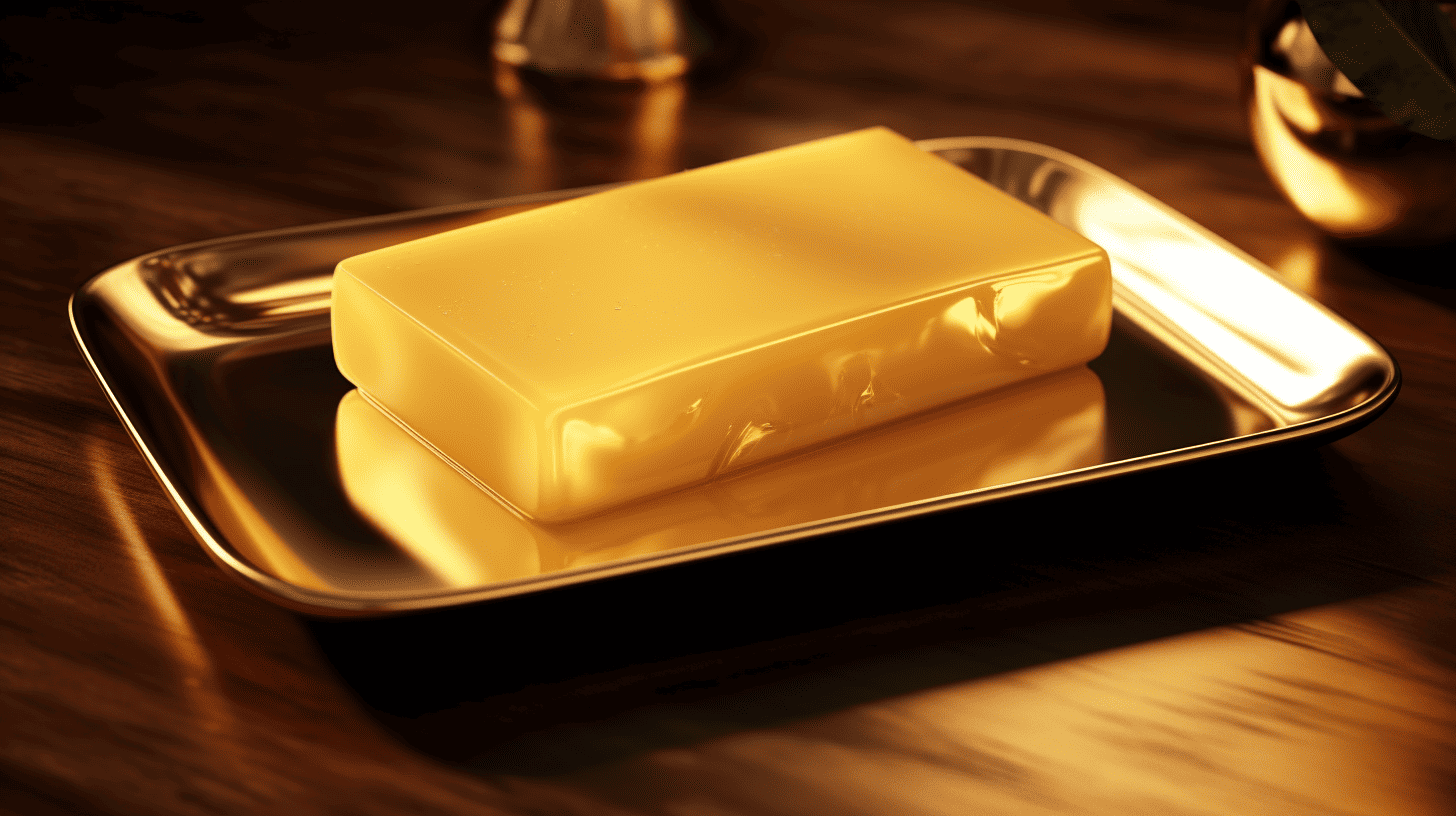
A buzzing little critter kept me from sleeping at the beginning of summer. Now I can actually handle buzzing creatures quite well (we always sleep with the windows wide open, without a screen or any other form of critter protection), but this one was a pest. I am sure there is a bottle of DEET somewhere in the house, but I prefer to use that chemical only when there really is no other way (in jungle-like locations or something). So in the middle of the night, I wondered if there wasn’t a more natural solution for that.
Soap?
My search led me to products and solutions I didn’t even know existed. People invent the craziest things to protect themselves from mosquitoes: from basil to geraniums. I enjoyed people’s ingenuity so much during this nocturnal Google search that I was long gone from being bothered by that one mosquito. While searching, I also stumbled upon a soap brand that had created a natural version of the standard mosquito stick. My interest was piqued. Actually, not so much to the mosquito stuff, but much more to the soap brand. How does a soap brand get the idea to start selling mosquito stuff?
Apparently, I had been under a rock. The soap brand turned out to be a fast-growing brand with a mission to make the personal care products market plastic-free. And, perhaps even more interesting, this soap brand turned out not to be the only company with this intention. Meanwhile, the old-fashioned bar of soap in a new guise concerns an entire industry with multiple brands, all with the same goal in mind: less plastic, more clean.
The idea behind it is quite simple. Shower gel and shampoo are ultimately soap-based products to which a lot of water is added mainly to make it liquid (about 80% of shower gel or shampoo is actually just water). Because it is a liquid substance, plastic packaging is used to sell it. And that’s why the whole shelf of personal care products is actually full of plastic. Now, when you remove the water from the product, you actually have just another piece of soap. And that soap bar doesn’t need plastic around it, so count your profits.
Time for a change
I thought it was brilliant. Sometimes innovations can be so incredibly simple. In this case, it’s really just back to the old days, so there’s just another piece of soap on the edge of the bath, but ‘next level’: nice and foamy and fragrant. I delved more into this product development and discovered that microplastics are added to most personal care products (eye-opener: ah, that’s where those microplastics in the environment come from). So, aside from the packaging of most shower gels and shampoos being plastic, the product’s contents are also plastic. One more reason to switch to an alternative.
When, at dawn, my family members woke up, I had an announcement: We’re on to the plastic-free bathroom! My family members were still rubbing the sleep out of their eyes and didn’t take me too seriously. They are used to something: if your mother/wife works at the intersection of innovation, design, and marketing, there will be some trial and error at home. But after two days, the whole family was converted. Everyone had become a fan of the different soaps and no one wanted to return to the shower gel and shampoo bottles. The bathroom is now virtually plastic-free. We make our laundry detergent from the last scraps of soap in no time at all: another huge plastic saver because even laundry detergent is ultimately just soap with water added.
Back is sometimes forward
We sometimes forget that to create progress, we sometimes have to look back. We don’t have to reinvent the wheel at all. Sometimes an old wheel just needs new rims. If you want less plastic packaging, you need to look not only at the packaging but at the total product. A packaging innovation is inherently linked to product innovation, and for that innovation, it is best to be inspired by what was already there. Like in this case, the ancient soap (soap was already made in the time of ancient Egypt). Sometimes innovating simply means going back to your roots.
As long as humans have been walking around this planet, so much has been invented and tried. A smart innovator takes advantage of that. That is only possible if all those ideas are also insightful in some way. For example, by creating a database of ideas, both realized and unrealized, in which any innovator can search for inspiration. I saw a great example this summer on Tower Bridge in London. On top of the famous bridge, a video was displayed showing all the designs for the bridge that ultimately did not make it. Of all the information boards and videos on the bridge, this particular video drew the most attention. People took pictures of the designs that did not win the design competition or filmed the entire video on their phones so they could watch it again at home. So even never-realized ideas are seemingly inspiring.
There is a tremendous inspirational effect from the ideas of others. Sometimes, we have to dig into the past. Sometimes we have to ask others to think with us. And sometimes we have to breathe new life into an old idea.

